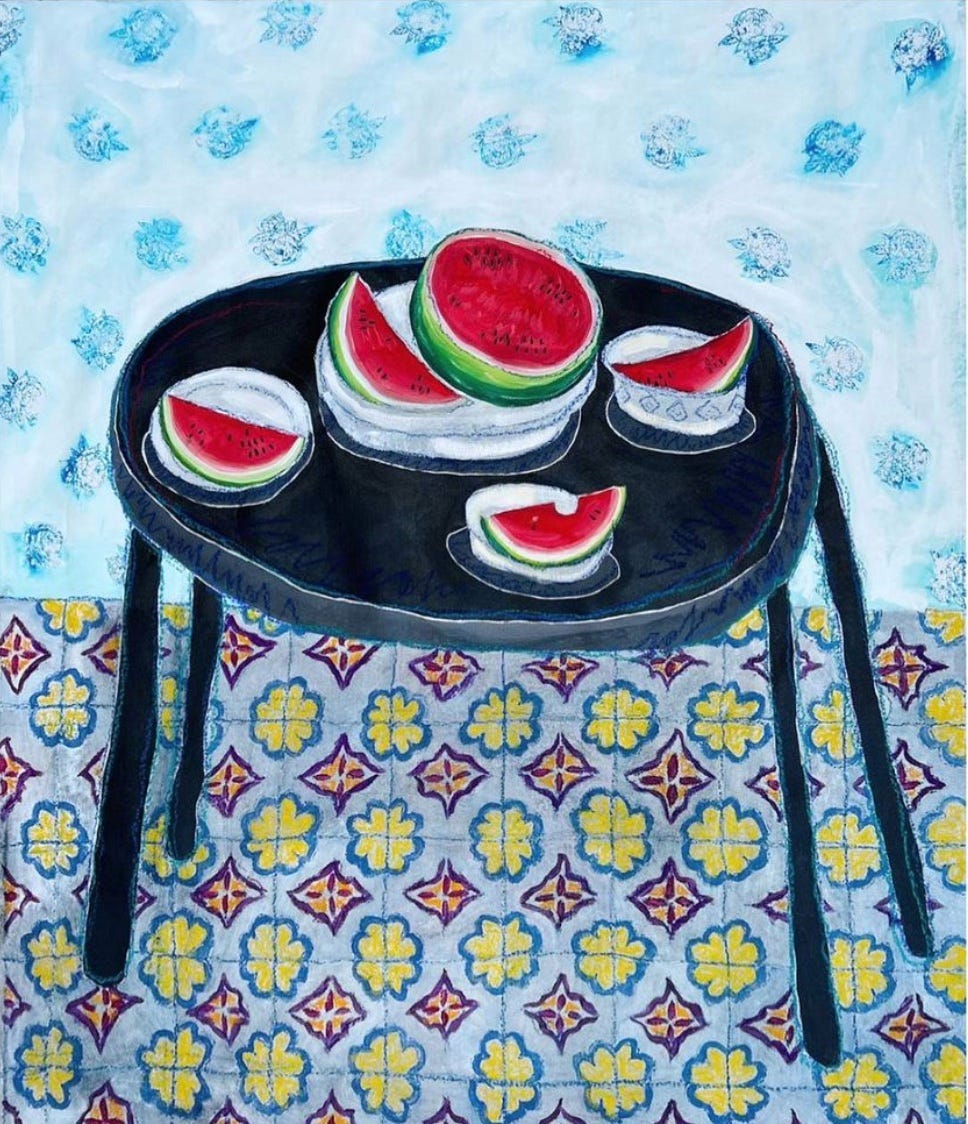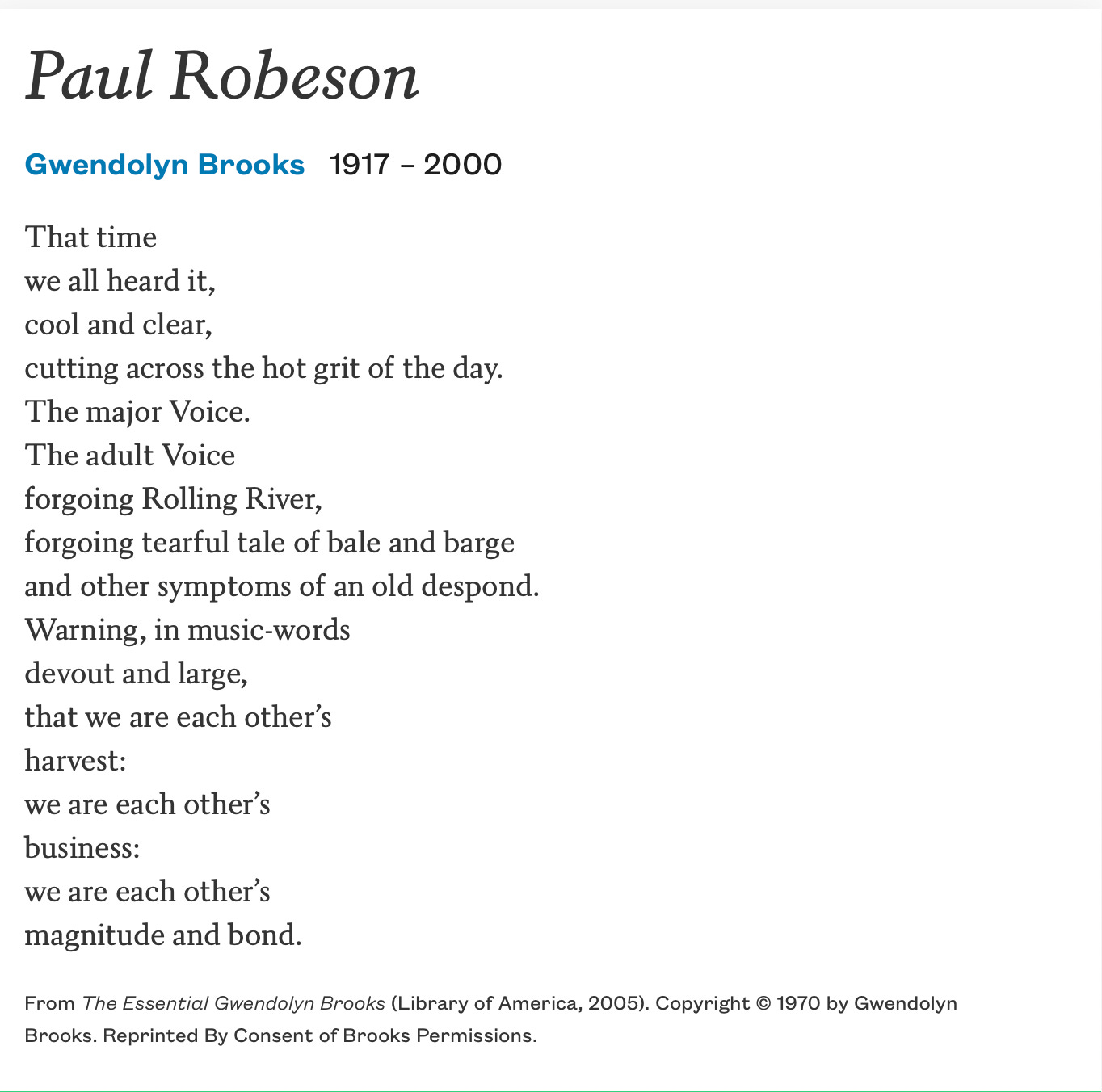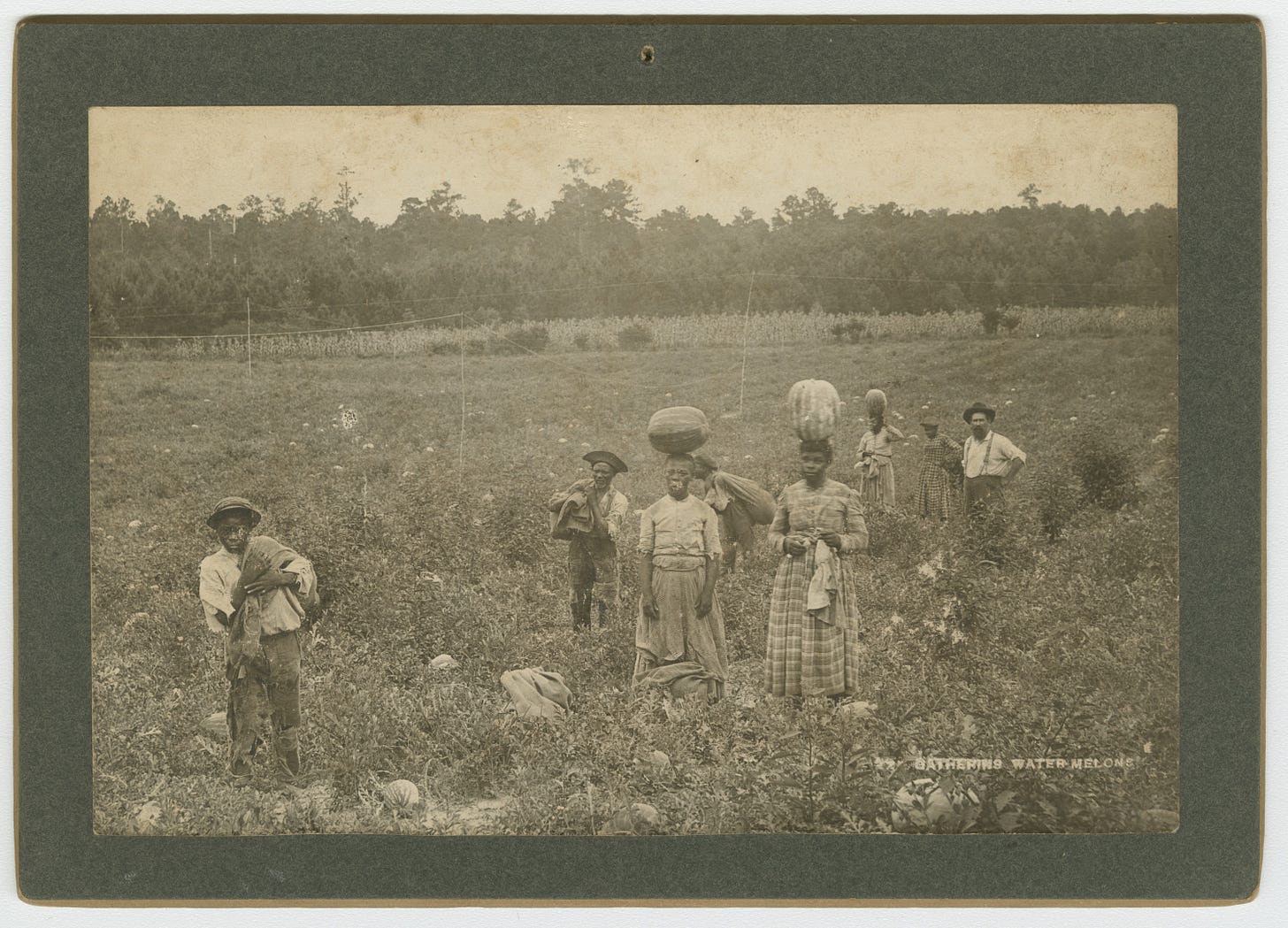An Exploration of Land & Generational Freedom in Thomas County, Georgia, U.S., ca 1895
Through Liberatory Food
📸: “Gathering Watermelons,” in Thomas County, Georgia, United States, ca. 1895, photographed by A. W. Möller, Collection of the Smithsonian National Museum of African American History and Culture, Gift of Mr. and Mrs. Norman and Sandra Lindley
Mirror Moment(s) : Land & Generational Freedom
It’s been difficult for me to reckon with coming to my passion projects, that continue to teach & inspire me, & take a business-as-usual approach. The world is on fire and some people are idly sitting by & watching. There is no going back to normal. There never was the possibility of going back to normal after COVID isolation & there isn’t now that the impacts of colonialism. capitalism, & white supremacy are being documented with our technology. Even if these posts are not directly related to the state of the world, just know that the mission of D.O.T.S & all of the words you read here are in solidarity with free people everywhere: in Palestine, the Congo, Sudan, Haiti, Tigray, Hawaii, Puerto Rico, & the other endless names of places. However, something has been on my mind that felt aligned with both D.O.T.S. & the state of the world. Today’s exploration is grounded in land & generation freedom & a means or archival practice/storytelling that is often overlooked…food.
The image above depicts African Americans gathering watermelon in Georgia. Some people are gathering them in bags, perhaps to make it easier to carry, while three women take a different approach. The levels of the vast field are further complicated by the additional height of the women carrying watermelons on their heads.
Many people are aware of the harmful stereotype of Black people & watermelons. However, like most violent beliefs, the history of the significance of the fruit was buried. According to the Stereotype Project Foundation, the harmful association between Black people & watermelon first appeared in an 1869 illustrated newspaper by Frank Leslie.
So what were African American’s relationship with watermelon prior to 1869? After the Civil War, when emancipation was announced, newly freed Southern Black people practiced self-sufficiency by growing, selling, & eating their own watermelons. This time, African Americans were able to gather watermelons to support themselves, without the shadow of a white person as seen in the right-hand corner of the above image’s background. Southern Black folk were able to produce for themselves & enjoy their harvest too. Thus, watermelons became symbols of African Americans’ freedom & self-sufficiency post-slavery.
After emancipation, the period of Reconstruction began and is now argued by some scholars has the closest the United States has ever gotten to achieving a true Democracy. There were state-funded public schools and black men (no women yet) who were elected to Southern State Governments for the first time. In fact, in 1868 South Carolina’s State Legislature was majority Black with 98 Black members and just 57 White members.
Therefore, it is not surprising that the first usage of watermelon being associated with laziness, childlike behavior, & uncleanliness occurred in Leslie’s Newspaper the following year (1869). Leslie wrote that “the juvenile freedman is especially intense in his partiality for that refreshing fruit.” In an effort to curtail & completely diminish the watermelon’s embodiment of self-sufficiency, White Southerners used the fruit to make African Americans appear as simple improvised beings content with a slice of fruit. According to the National Museum of African American History & Culture’s “Popular & Pervasive Stereotypes of African Americans” article, due to the nature of eating watermelons with one’s hands it made the fruit “impossible to consume without making a mess, therefore branded a public nuisance.” Deeming watermelon a public nuisance was an alternative way to declare that free Black people were also seen as a public nuisance. What followed the end of the Reconstruction period was the enforcment of Black Codes, the comprised election of Rutherford B. Hayes, the removal of federal troops from the South, & the beginning of Jim Crow which established an apartheid state.
Similarly, Palestinians have been forcibly living in an apartheid state since the beginning of the first Nakba (the second genocidal Nakba is the one the world is currently witnessing) in 1948. During the Six-Day War in 1967, the settler Israeli government banned the use of displaying the Palestinian Flag after occupying Gaza & the West Bank. To overcome this ban, Palestinians utilized the watermelon emoji/image because when cut open it bears the same colors as their flag. Furthermore, watermelons grow in Palestine & serve as an important part of their food culture. Now, in a time of increased surveillance & shadowbanning the watermelon continues to be used to show solidarity with Palestine. The watermelon is a lost symbol of liberation & resistance among African Americans. Yet, the symbolic meaning behind the watermelon (though with different origins) is one that both African Americans & Palestinians share. Freedom, & those possessing it who are willing to display it to teach others how to be free, has always been a public nuisance to the oppressors whose own souls are bound up by the same chains they forcibly place on others.

To re-emphasize our last archival exploration, Black Southerners are true to this not new to this. While Some African Americans may still be struggling to see the connection between our struggle in the occupied United States to occupied Palestine; may these written words serve as a reminder that we share, strive, & come from the same fruit oppressors tried to use to make us forget the power of who we are.

When I was growing up, there was always the saying that if you swallowed a watermelon seed a watermelon plant will grow within you. This was everyone’s around me worst fear as a child. I never bought into it but I witnessed the energy others put into discarding seeds. Don’t ingest the seeds of a watermelon, especially the black ones, or else.
In the context of this piece, I now think that this was everyone’s worst fear because if you swallow a watermelon seed you will become pregnant with freedom. Freedom is contagious & triggering for those who can’t seem to free themselves…which makes it dangerous. Freedom means taking responsibility not just for yourself but for others as well. If that is the case, then I hope those terrified of who they will be without standing on someone else’s neck eat the Black seeds they have discarded their whole life. I hope that afterward, they watch how their soul blooms from the poppy-colored flesh of the watermelon & grow sprawling vine arms to embrace others for the very first time.






